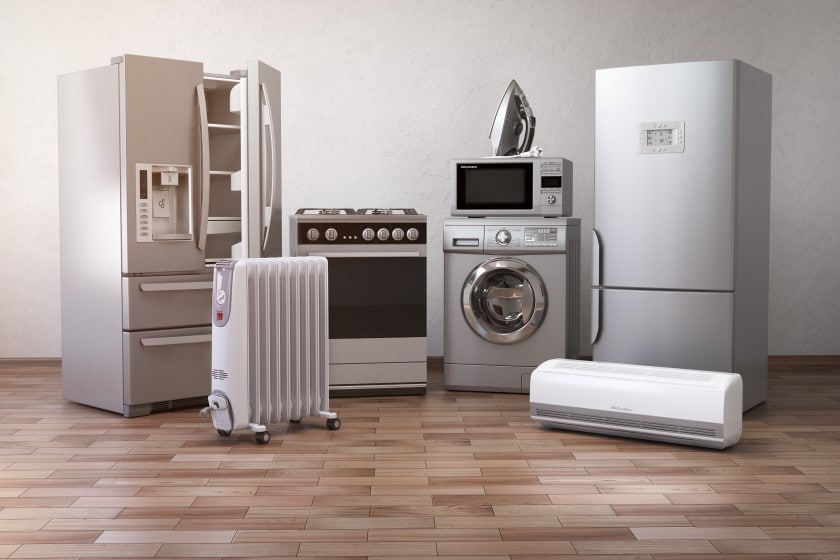
Published: September 2020
The work-horse European standard on the safety of electrical appliances has gone through multiple amendments. This new version incorporates the latest, as this blog post explains.
BS EN 60335-1 is the European standard on general requirements and conditions for domestic safety testing of electrical household appliances. It covers protection against live parts, heating, leakage currents, electric strength at operating temperatures, moisture resistance, resistance to heat and fire, stability and mechanical hazards, internal wiring and supply connections. It also defines the classification and marking of electrical equipment.
The standard deals with the reasonably foreseeable hazards presented by appliances and machines that can be encountered by anyone in everyday life – although the scope stipulates that the use of appliances by unsupervised young children, or children playing with electrical household equipment, isn’t covered.
It also includes appliances that aren’t intended for normal household use, but rather for use by expert or trained users in shops, in light industry and on farms. It also deals with appliances and machines that are declared to be for commercial use by lay-persons.
These best practice recommendations look at reasonably foreseeable hazards that could cause injury. Its application can be seen in everyday life from the washing machine to the electric oven. The standard’s aim is to ensure a high level of safety for electrical appliance users. As such, the standard is relevant to manufacturers of electrical household equipment, component suppliers, retailers, regulators and inspectors, including test house engineers. It will also be of interest to trading standards and consumer groups.
New and revised requirements
Users of the last-published version (BS EN 60335-1: 2012+A13: 2017) need to know that we’ve now published three key amendments together as BS EN 60335-1:2012+A1+A2+A14:2019 Household and similar electrical appliances – Safety – General requirements. Each amendment is identified separately on the cover and within the text.
They consist of the CENELEC adoption of IEC Amendment 1:2013 and IEC Amendment 2:2016 with CENELEC modifications to the text and CENELEC Amendment A14:2019.
Together these CENELEC amendments represent significant changes to BS EN 60335-1:2012+A13: 2017. They introduce requirements for Class II appliances with functional earth; clarify the requirements for testing three-phase appliances; introduce a wetting agent to be used in spillage testing in 15.2; clarify the leakage current test of 16.2, particularly with regard to Class II constructions; introduce revised requirements for access to button cells etc. in 22.54; and introduce requirements for appliances used at altitudes above 2000 m. They also convert numerous Notes relating to components in Clause 24 into normative text; and amend Annex B so that it specifies that it covers appliances powered by rechargeable batteries that are recharged in the appliance.
The requirements for battery operated appliances are clarified by the introduction of Annex S for battery-operated appliances powered by batteries that are non-rechargeable or not recharged in the appliance. A new Annex T gives requirements for the UV-C radiation effect on non-metallic materials. We’ve also now included a new informative Annex ZH on: “Common plugs and socket-outlets types in CENELEC countries”. This has replaced the hyperlink to the CENELEC website for information concerning national plug and socket-outlets. Some other items have been edited for clarity and consistency.
This standard is important because manufacturers can use it as a way of demonstrating compliance with both the Low Voltage Directive 2014/35/EU and the Machinery Directive 2006/42/EC. It also clarifies the requirements for battery operated appliances with the introduction of Annex S. Finally, the introduction of Annex T on the requirements for the UV-C radiation effect on non-metallic materials is very useful. All told, then, users should now ensure that they’re using the latest version of this influential standard if they want to maintain compliance, and the safety of their electrical appliances.